Artist Note #20 – The Color Red and Polaroid Emulsion
January 1, 2023
Working on New Year’s Eve
I worked at school on Saturday, New Year’s Eve. All quarter I walked around Logan Center – to and from the office to pick up copies, up and down the stairs to get from one location to another. I wanted to photograph these spaces in solitude. But people are always walking around the building, even on the weekends. And because I work in solitude, the winter break would be the perfect time to photograph.
I received some beautiful hanji paper from some friends who returned from Korea. I knew I wanted to do something with these, but I wasn’t sure. I tried to use these photo backdrops in a stairwell. Originally I had planned to use the bottom stairwell, but the architectural space didn’t quite fit what I had in mind.
I happened to walk up half a flight between the second and third floors, and the corner was just enough space to make an environmental portrait. (It was one of the critiques I received to make new work during my first critique.) But I worked through the images, they were not working. Perhaps part of the reason was due to the lack of an outlet. I needed an outlet to plug my studio lights, but I had no luck unless I could magically find a 50-foot extension cord.
I ended up making tighter framed portraits and was pleased to be able to make a vertical image. (I recently acquired a proper tripod after years of using a basic tripod that could never hold the weight of my heavy camera and lens.)
Red Monochrome
I don’t know what made me research polaroid emulsions. I take that back. I have this book, Polaroid: The Complete Guide to Experimental Instant Photography by Rhiannon Adam (which contains an affiliate link), that I have been reading through for a while.
The book shared an emulsion lift technique that I always wanted to try.
But my online research also led me to this:
Red-Colour Experiments, The Red as a Monochromatic Approach by Justino Lourenço
William Eggleston and Harry Gruyaert are famous for the renderings of red colour in their photography. My inspiration for the work in this essay comes from Saul Leiter and, more recently, from contemporary photographers such as Polina Washington(@polina.washington on Instagram) and Marguerite Bornhauser(@margueritebornhauser on Instagram).
After reviewing Bornhauser’s work, I found much interest in playing with color and composition again.
How to Use the Color Red in Photography, quote:
Medieval to Modern Reds
Red is a color of authority and importance. Medieval artists used the color red to show status, the holy spirit and the blood of Christ and Christian martyrs. They used cinnabar, carmine and ochre.
Medieval artists also used minium. This was an orange-red pigment thought to originate in Ancient China.
During the Renaissance, red continued to signify Christian concepts. It was also used to command attention and create contrast. This hasn’t changed today, whether you’re painting or photographing.
I have been interested in incorporating some red hanji paper I purchased last year with B&W polaroid film emulsion techniques.
Polaroid Emulsion
Polaroid Emulsion Lifts and Transparencies How to Make Your Own and Not Screw It Up (pdf via Analog Cafe)
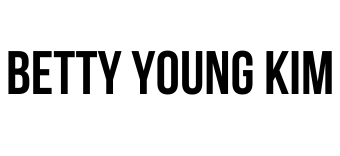
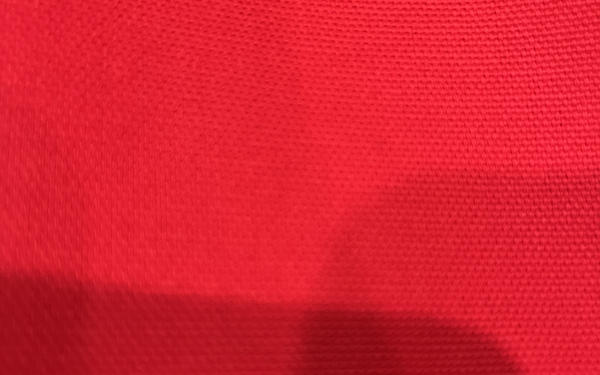

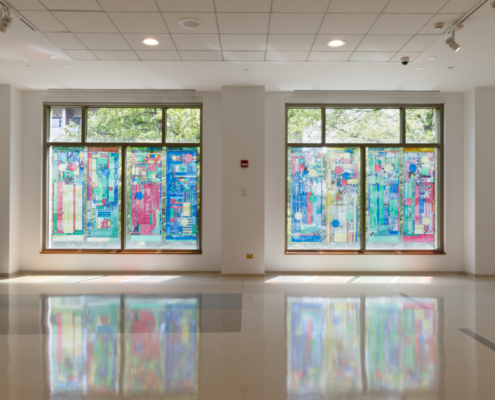
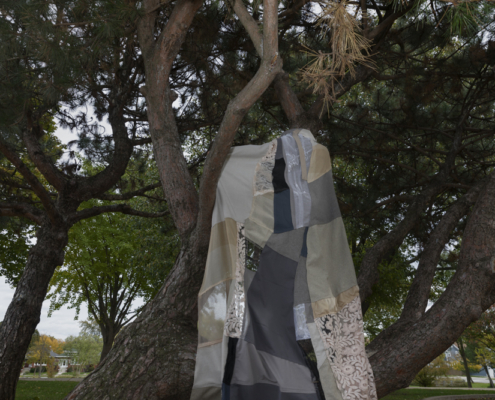

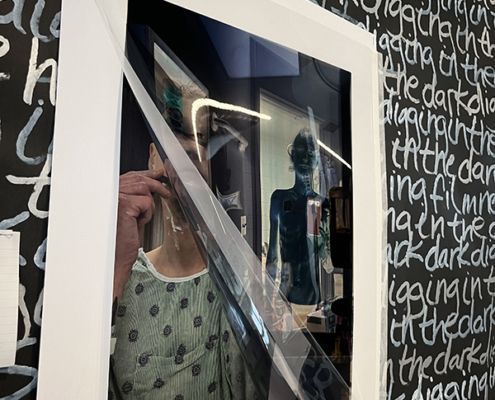
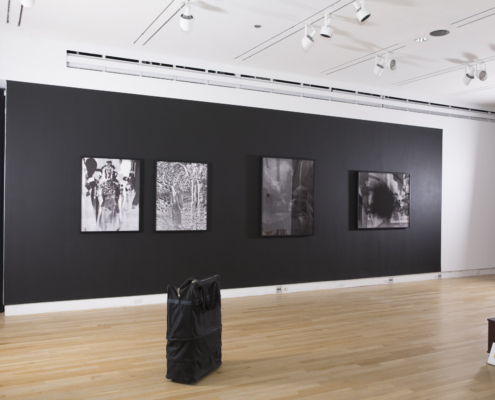


Leave a Reply
Want to join the discussion?Feel free to contribute!